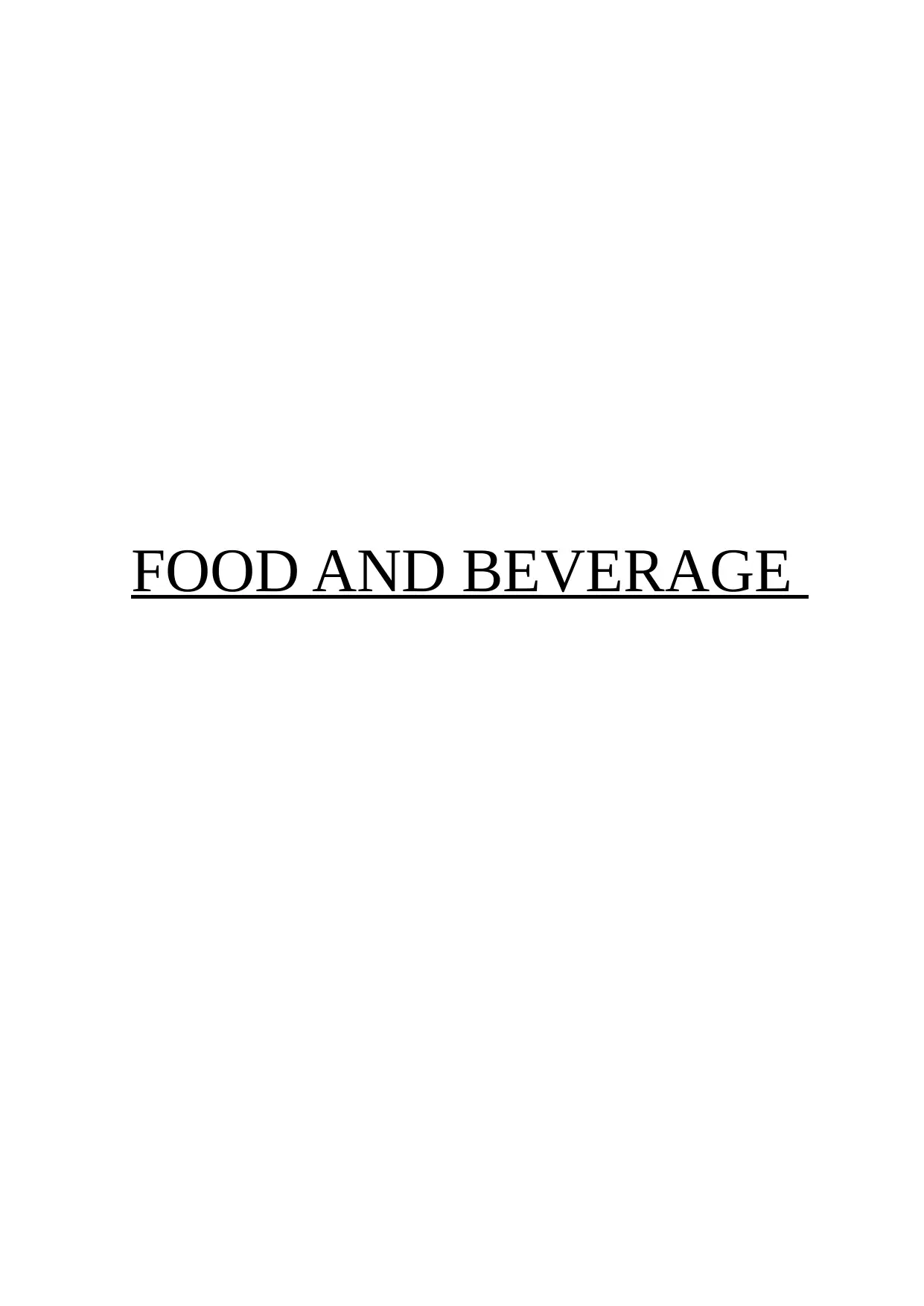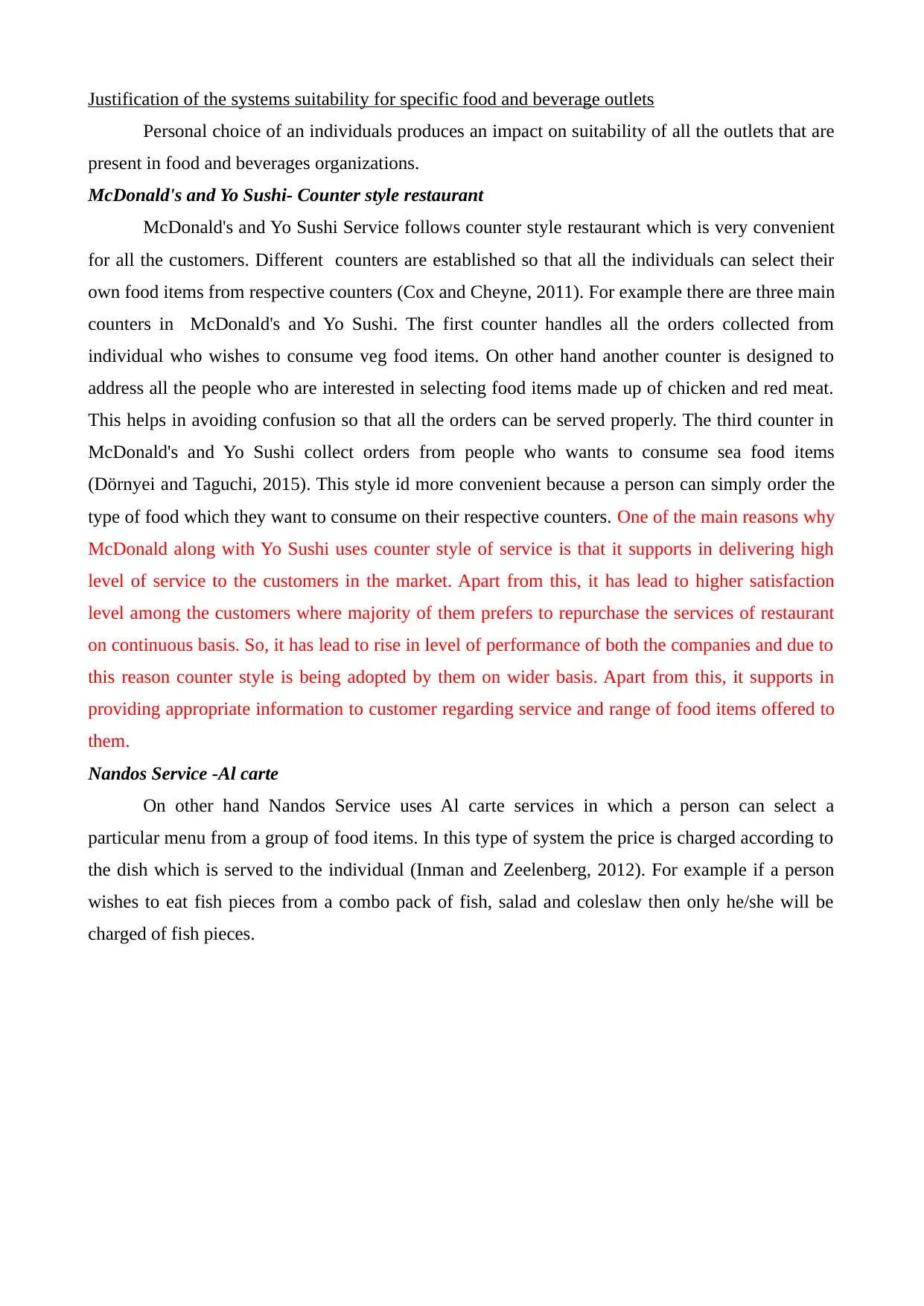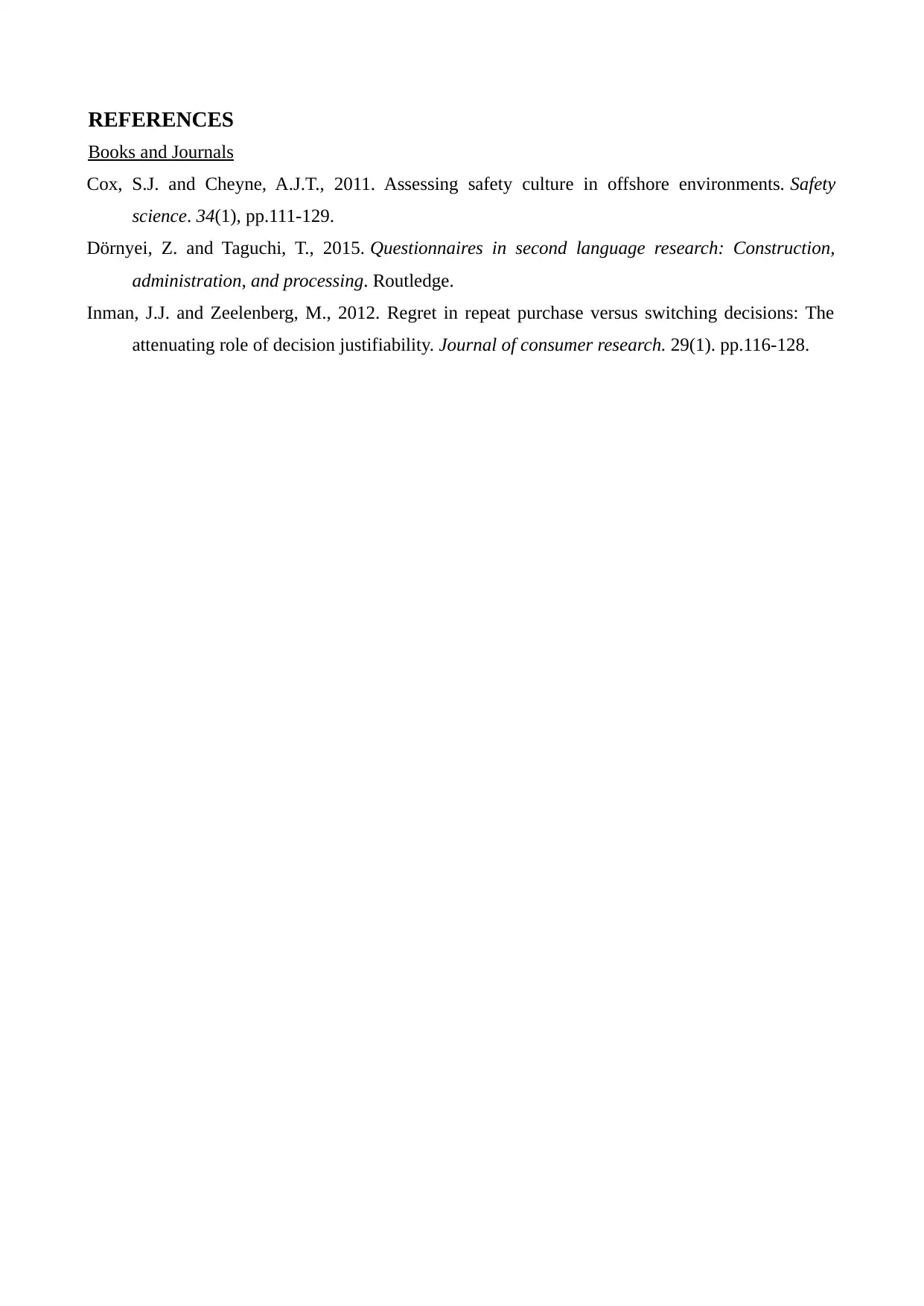Food and Beverage Systems: Service Style Analysis Report
VerifiedAdded on 2020/01/15
|4
|532
|168
Report
AI Summary
This report provides an analysis of food and beverage systems, focusing on the suitability of different service styles for various restaurant types. It examines counter service, exemplified by McDonald's and Yo Sushi, highlighting its convenience and efficiency in handling customer orders. The report also discusses al carte service, as implemented by Nando's, where customers select individual menu items. The analysis includes references to relevant literature and emphasizes the impact of service models on customer satisfaction and business performance. It explores how these systems cater to specific customer preferences and contribute to the overall success of food and beverage establishments. The report provides insights into the operational aspects of these service styles and their implications for the food and beverage industry.
1 out of 4





![[object Object]](/_next/static/media/star-bottom.7253800d.svg)